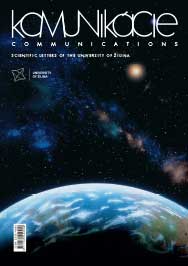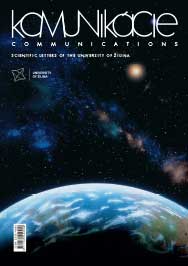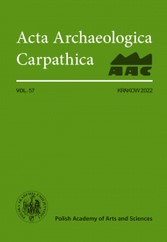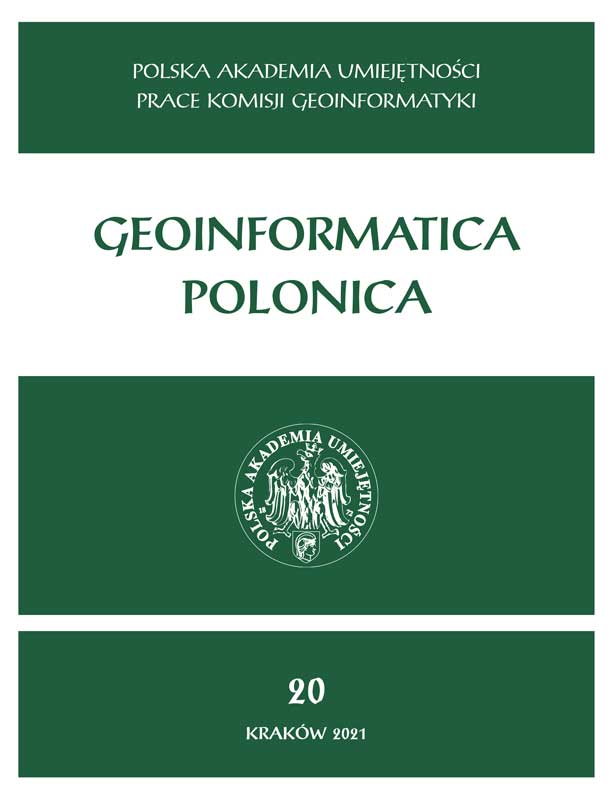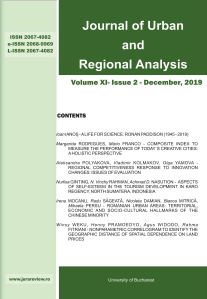Author(s): Rafał Gawałkiewicz / Language(s): English
Issue: 20/2021
Among many inland water bodies, a large group includes water bodies formed as an effect of mining activities. Open-cast mining of common minerals, i.e., sand, gravel, loam, basic minerals such as lignite, sulphur and fossil resins of coniferous trees (amber) leaves many excavations, which spontaneously get filled with precipitation waters, black waters (the ones near the surface) and ground waters (deeper underground), often making new and wonderful elements of local landscape. Till the time of political transformations in Poland, due to low awareness of proper reclamation of post-mining areas, few post-mining excavations that spontaneously filled with water were subdued to comprehensive inventory, surveying and geological documentation, which is a necessary condition for their safe use. Examples of such objects are Bagry and Staw Płaszowski in Kraków (mining of loam (clay), sand and gravel), which have undergone full surveying inventory, including bathymetric surveying, only several decades after the end of mining (Gawałkiewicz R., Maciaszek J., 1999; Gawałkiewicz R., 2017; Gawałkiewicz R., 2018a and Gawałkiewicz R., 2018b), despite being the property of the city of Cracow for many years and functioning as sports and recreational, natural (ecological) and economical (fishing facilities) spots. A worth mentioning body of water is the reservoir “Piaseczno” (the commune of Łoniów, the Sandomierz District), now classified as a part of a group of reservoirs with medium retention and has been created after the opencast exploitation of sulphur ended. Despite many years of reclamation measures (shallowing by washing glass sands to the reservoir) and due to the great risk of danger (local landslides, unstable ground in the costal zones, artificially maintained level of the water table) the Łoniów commune did not approve this reservoir to use; and nowadays, the reservoir is not suitable for any form of use. The only function that can be fulfilled is ecological function. In the article the results of the complex geodetic (littoral zone) and hydrographic (body of water) inventory are presented. It was possible owing to the use of the remote-controlled HyDrone produced by Seeflor Systems and equipped with a SonarMite BTX/SPX OHMEX ultrasonic sonar by Lymtech and a GNSS set by Trimble (R8s antenna + TSC3 controller) and biological inventory in the littoral zone. Detailed morphometric parameters of the reservoir were also noted based on the integrated geodetic and bathymetric measurements, which in the future may provide valuable data used in the process of adapting the analyzed area for various socio-economical purposes, while maintaining a high degree of safety of its use.
More...

